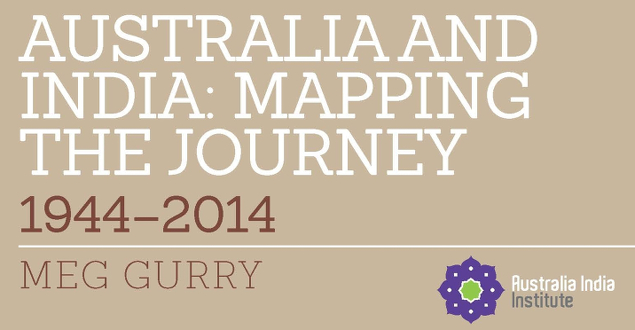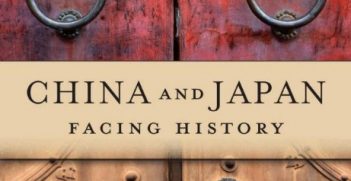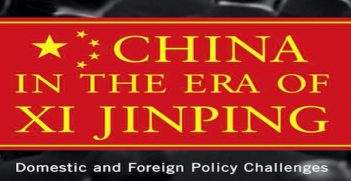Australia and India: Mapping the Journey 1944-2014

Historian of Australian foreign policy and India expert, Meg Gurry provides an engaging account of the ebb and flow of Canberra’s engagement of New Delhi since 1944. She argues – rightly – that India should not be seen as Australia’s ‘neglected neighbour’. Over sixty years, Australian policymakers have repeatedly and sincerely sought to build stronger relations with India, but these have proved hard to forge.
Australia was among the first states to establish a permanent mission in New Delhi, just over seventy years ago; hosting some of Australia’s brightest diplomats, among them Walter Crocker, Arthur Tange, Penelope Wensley, John McCarthy and Peter Varghese. Australian Prime Ministers and Foreign Ministers have made multiple official visits, with varying degrees of success. But at least until the late 1990s, Gurry argues, the bilateral relationship failed to progress towards substantive engagement.
Gurry lays the blame for this failure mostly at Australia’s feet, or rather at the feet of its political elite. She argues that it repeatedly failed to find the right ‘regional perspective’ that would allow it to properly engage not just India, but Asia as a whole. She criticises what she perceives as that elites’ overweening attachment to the American alliance, which alienated non-aligned Nehru and his strategically-autonomous successors; chides Robert Menzies for his Imperial whimsy and frank dislike of Asian climates and cultures; and while she welcomes Gough Whitlam and Malcolm Fraser’s attempts to energise bilateral ties and the Hawke-Keating governments’ engagement efforts, she notes that they all struggled to construct a ‘solid framework for interaction’. She does give some credit to John Howard for recognising India’s importance, albeit too late, and gives still more to Julia Gillard for reversing Kevin Rudd’s decision to uphold Australia’s ban on sales of uranium.
Some historians of Australia’s foreign relations will query some of these judgements. But Gurry does an excellent job in mining official and private papers, in Canberra and elsewhere, for evidence to support her account of changing Australian political and diplomatic attitudes.
In so doing, Gurry raises a big question: what drives Australia’s relations with its Asian neighbours? Her answer is clear: identity politics, which generates mental maps of the region and Australia’s place within – or indeed outside – it, and which in turn shape policy.
If the book has a flaw, it is that Gurry does not spend enough time interrogating the alternative explanation for the lack of substance in Australia-India relations: economic interest. Until relatively recently, most Australians believed that India had little to offer it, as a market for goods or a location for overseas investment. India’s pursuit of swadeshi (economic self-reliance), combined with poverty and a byzantine bureaucracy, meant it generated little interest in a trading state like Australia. This is in stark contrast to Australia’s relationship with Japan since the 1950s, China, from the late 1970s, or parts of Southeast Asia since the 1980s. Without an economic ‘ballast’, to use John McCarthy’s term, the relationship arguably could not progress, no matter how independent Canberra tried to be in its foreign and security policies or how many regional institutional projects it championed.
This situation changed in 1990s, as India partially reformed its economy, and increasing numbers of Indians became sufficiently wealthy to purchase one of Australia’s leading export commodities: higher education. Then there was coal (to fuel India’s thirst for electricity), services (for India’s growing middle class), and the promise of uranium sales, while large-scale immigration into Australia improved people-to-people ties. The case could be made that these economic interests, combined with shared concern over China’s medium to long-term intentions in the ‘Indo-Pacific’ region, have driven the slow progress towards substantive diplomatic ties more than shifts in Australian identity.
These quibbles aside, Australia and India is essential – and enlightening – reading, and a very welcome addition to the literature on Australian foreign policy and the bilateral relationship.
Meg Gurry, Australia and India: Mapping the Journey, Melbourne University Press, Melbourne, 2015
Ian Hall is a Professor at Griffith University, Queensland. His areas of academic endeavour include: history of international thought, international relations theory, Indian foreign and security policy and security studies.





